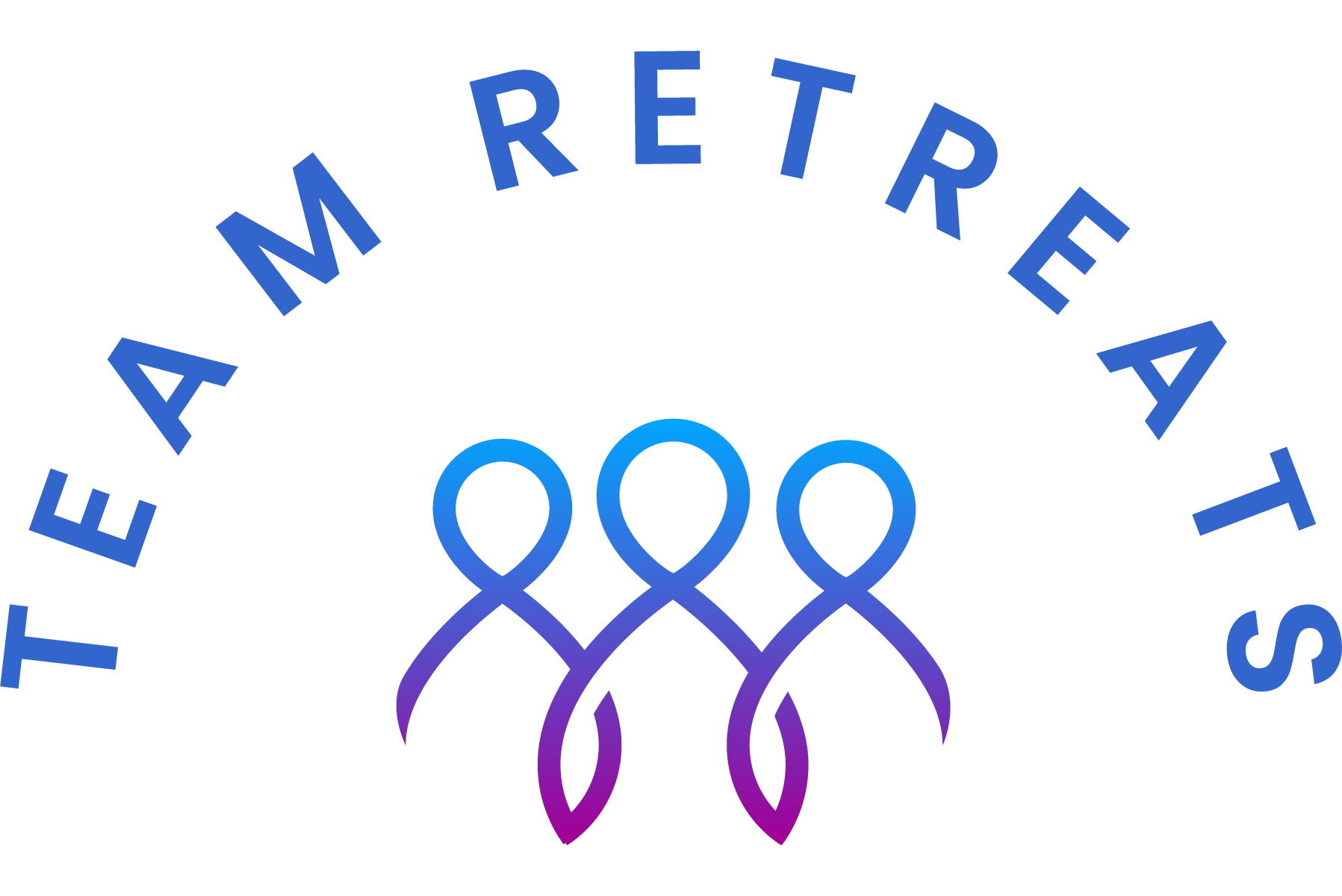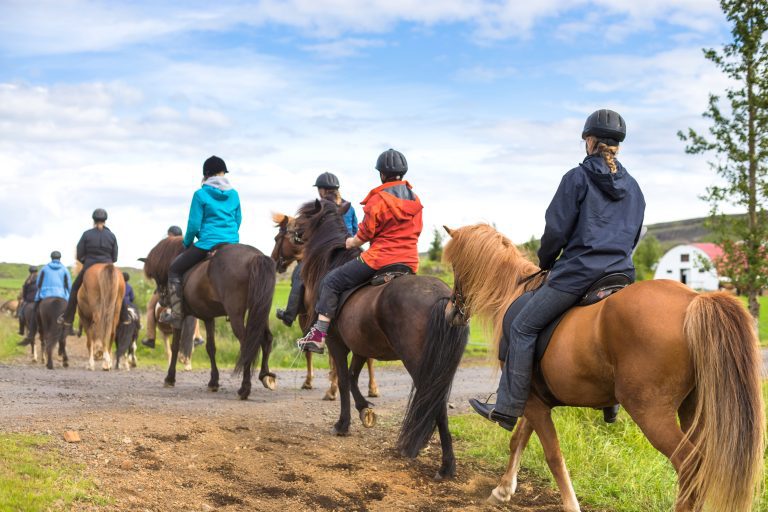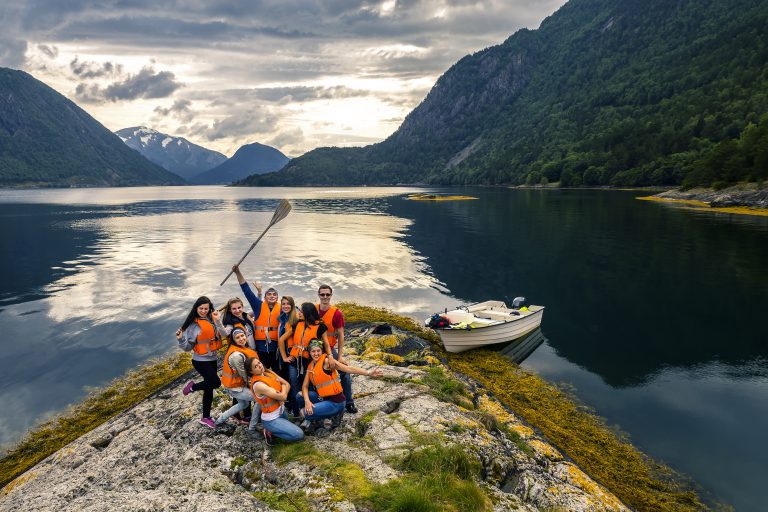Embracing the Challenge
In the business world, creating a strong, united team is key to success. While classic team-building activities are valuable, there’s a new trend taking team growth to the next level: Extreme Retreats. These intense experiences go beyond just challenging physical boundaries. They break down barriers, foster trust, and unleash potential in ways that traditional retreats simply can’t. Get ready to transform your team with an adventure that pushes the limits and opens new horizons!
The Power of Extreme Experiences
- Fostering Deep Bonds: When teams face challenges together, they form bonds that are much deeper than what’s achievable in a typical office setting.
- Building Resilience: Overcoming physical and mental challenges in extreme environments teaches teams to be resilient in the face of adversity.
- Enhancing Communication: In high-pressure situations, clear and effective communication becomes crucial, honing this vital skill.
- Boosting Morale and Confidence: Successfully navigating tough challenges boosts individual and team morale, fostering a sense of achievement.
- Encouraging Creative Problem-Solving: Extreme situations require thinking out of the box, enhancing creativity and innovation within the team.
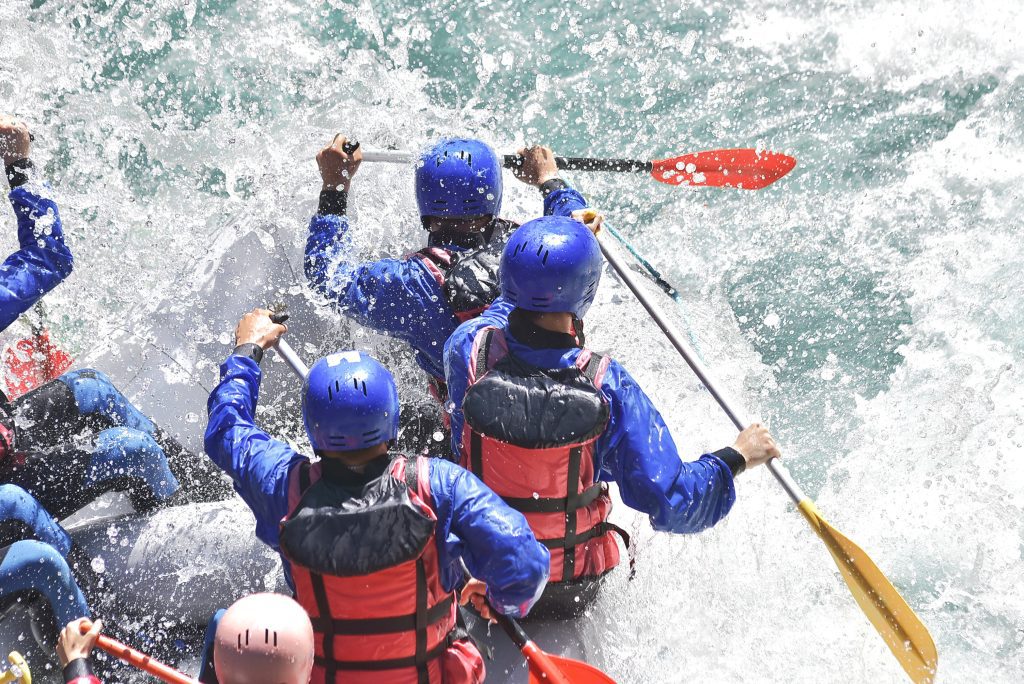

Why Choose Team Retreats?
At Team Retreats, we specialize in creating unforgettable extreme retreat experiences. Whether it’s scaling a volcano or navigating through rugged terrains, our tailor-made retreats are designed to challenge and invigorate your team. With over 15 years of expertise, we ensure that every retreat is not just safe and well-organized but also aligns perfectly with your team’s goals and dynamics.
Our Extreme Retreat Options
- Volcano Adventures: Explore our Extreme Retreats for a once-in-a-lifetime volcanic adventure.
- Wilderness Survival: Check out our Outdoor Survival Challenge for a test of teamwork and endurance.
- High-Altitude Hikes: Discover breathtaking views and team challenges with our Tailor-Made high-altitude hiking experiences.
Other Retreat Types
While extreme retreats offer unique benefits, we understand the need for variety. That’s why Team Retreats also offers a range of other retreat types:
- Urban / City Retreats: Perfect for teams looking for a dynamic urban escape.
- Countryside Retreats: Ideal for those seeking tranquility and team bonding in nature.
- Maritime Retreats: Great for teams looking to combine relaxation with maritime activities.
- Green Retreats: Focus on sustainability and eco-friendly practices.
Maximizing Your Retreat Experience
To make the most out of your extreme team retreat, consider incorporating other team-building activities. For instance, a Corporate Cooking Team Building Event can be a great way to wind down after an adrenaline-filled day. Alternatively, engage in Engaging Indoor Activities for a balanced retreat experience.
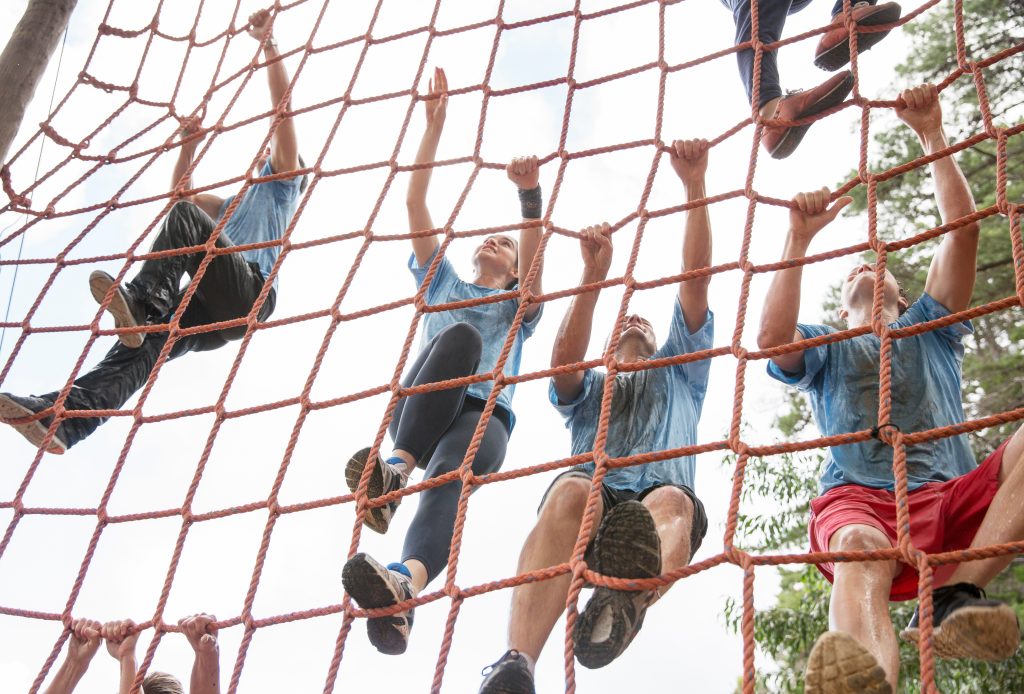
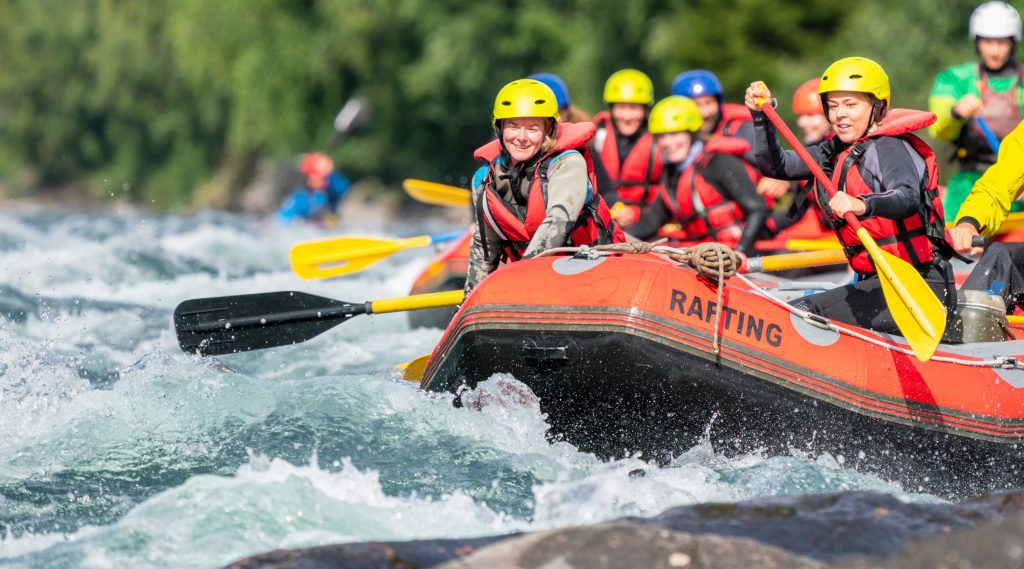
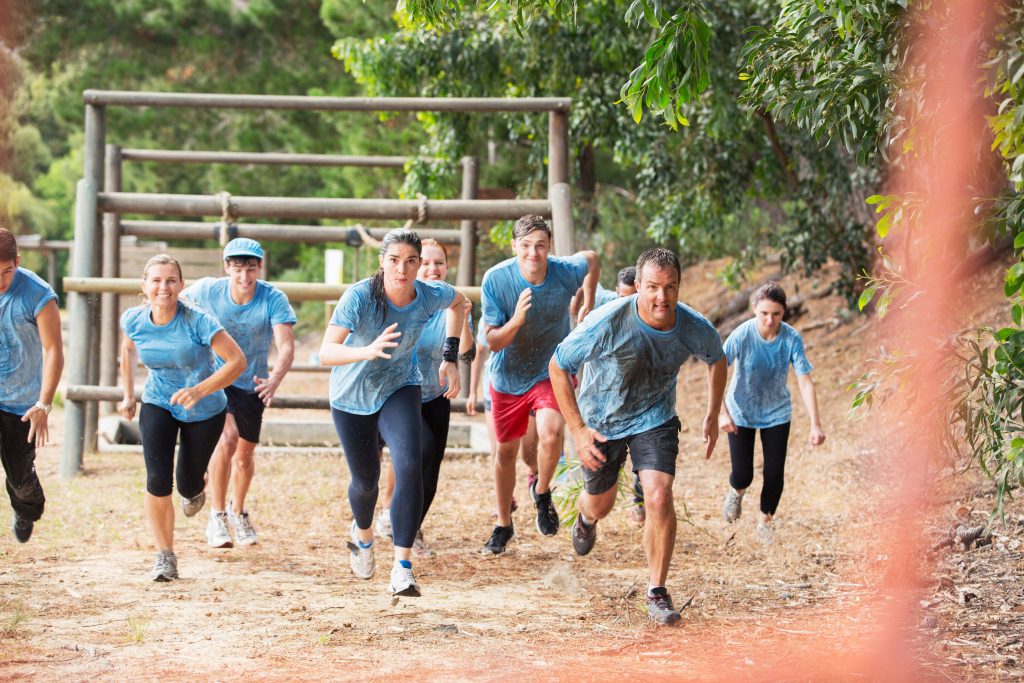
Case Studies: Success Stories from Extreme Retreats
Extreme retreats, with their unique blend of challenge and adventure, have proven to be powerful tools for team building and personal development. Here, we explore a few success stories that showcase the transformative impact these retreats can have on teams and organizations.
The Tech Startup’s Breakthrough
A Berlin-based tech startup, facing communication breakdowns and low morale, opted for a high-altitude hiking retreat in the Alps, organized by Team Retreats. The physical challenge of the hike, combined with structured team-building exercises, led to remarkable results. Post-retreat, the team reported a 40% increase in inter-departmental communication efficiency and a significant boost in overall morale. The shared experience of overcoming physical challenges in the mountains translated into stronger collaboration and problem-solving skills back in the office.
The Corporate Turnaround
A multinational corporation, struggling with integration issues following a merger, chose a wilderness survival retreat. The experience, crafted to foster trust and teamwork, required employees from different backgrounds to rely on each other for survival skills, navigation, and camp-building. This retreat not only bridged cultural gaps but also enhanced interpersonal relations and trust. Post-retreat surveys indicated a 50% improvement in cross-departmental cooperation and a noticeable increase in employee satisfaction.
The NGO’s Unity Mission
An international NGO, working in high-pressure environments, engaged in a volcanic adventure retreat to strengthen resilience and adaptability among its team members. The extreme environment provided a backdrop for activities designed to enhance decision-making under stress and improve team cohesion. The experience led to a significant improvement in team efficiency in crisis situations, with a 60% faster response rate in real-world scenarios following the retreat.
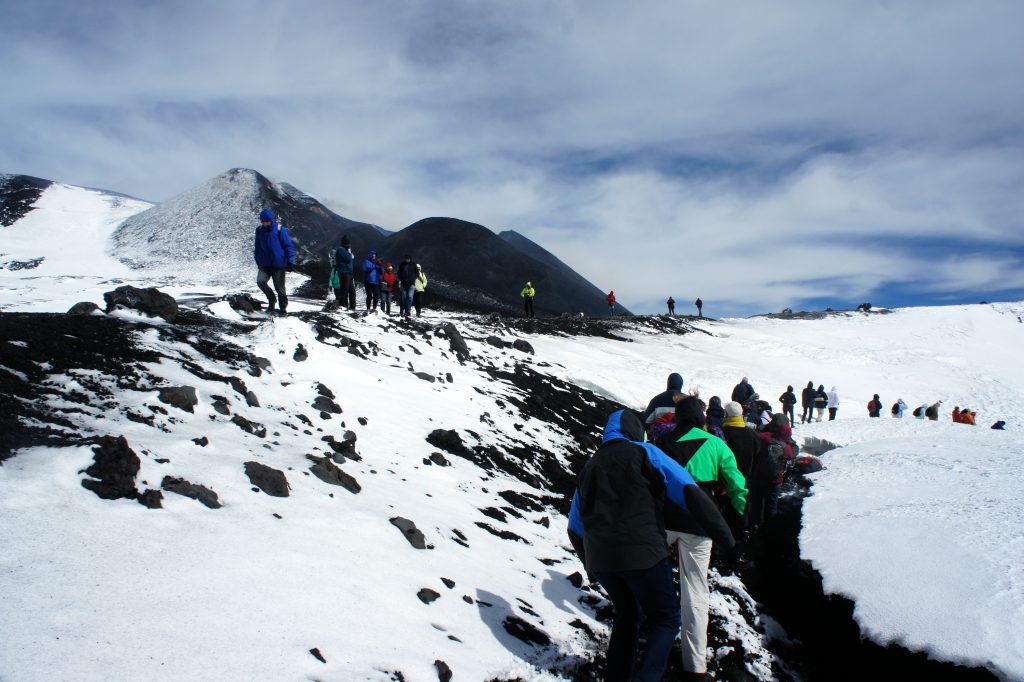
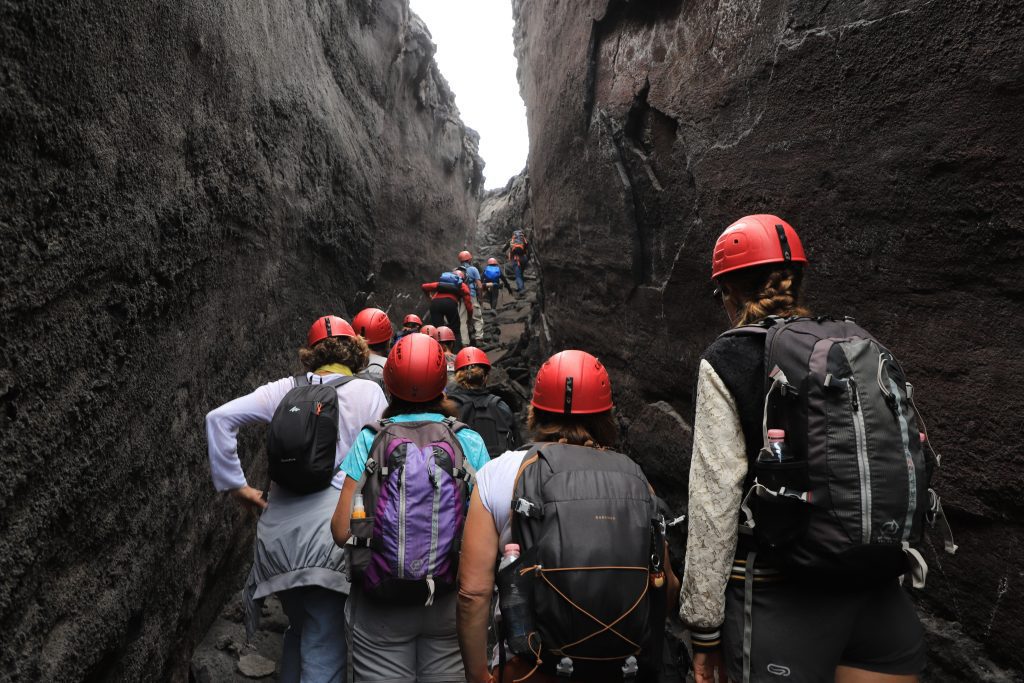
The Role of Leadership in High-Intensity Team Challenges
Leadership plays a pivotal role in high-intensity team challenges, shaping not just the outcome of the experience but also the long-term dynamics of the team. In extreme retreats, the leadership style and approach can significantly impact the effectiveness and safety of the team, as well as the overall success of the retreat.
Leading by Example
In the demanding context of an extreme retreat, such as those offered by Team Retreats, leaders are expected to lead by example. This means actively participating in challenges, showing resilience, and maintaining a positive attitude, even in the face of adversity. When leaders demonstrate commitment and enthusiasm, it sets a tone of mutual respect and motivation, encouraging team members to emulate these qualities.
Nurturing Trust and Safety
Safety is paramount in high-intensity environments. Leaders must prioritize the physical and emotional well-being of their team, creating an atmosphere where members feel secure to take risks and push their boundaries. This involves clear communication of safety protocols, active monitoring of team members’ welfare, and making adjustments as necessary to accommodate individual needs and concerns.
Facilitating Open Communication
In extreme retreats, effective leaders promote open communication, making sure everyone in the team feels listened to and appreciated. They create a space where all feedback, good or bad, is received and tackled in a constructive way. Encouraging honest conversations helps leaders spot and sort out conflicts early on, strengthen team unity, and boost problem-solving skills.
Empowering and Delegating
High-intensity challenges offer unique opportunities for leaders to identify and nurture emerging leadership qualities within the team. By delegating responsibilities and empowering team members to make decisions, leaders can foster a sense of ownership and accountability. This approach not only enhances individual confidence but also strengthens the team’s collective ability to tackle challenges
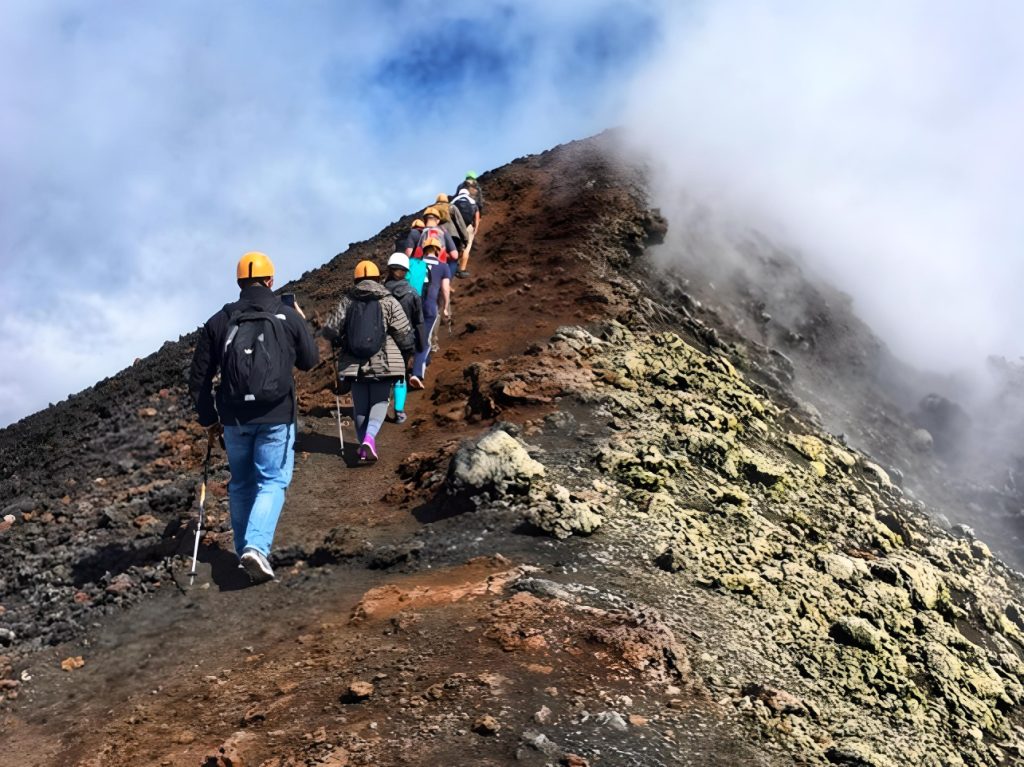
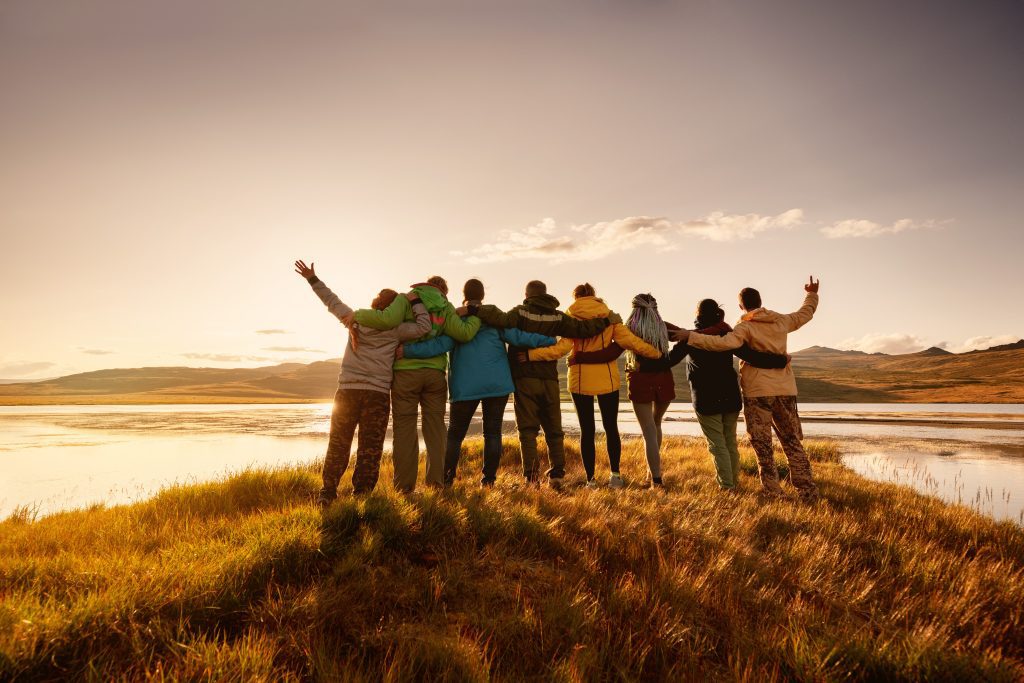
Post-Retreat Reflection: Integrating Experiences into Workplace Dynamics
After the exhilaration of an extreme retreat, like those meticulously crafted by Team Retreats, it’s crucial to integrate the experiences and lessons learned into everyday workplace dynamics. This phase of post-retreat reflection is as important as the retreat itself, ensuring the longevity of its positive impacts.
Structured Debriefing Sessions
The first step in post-retreat integration is conducting structured debriefing sessions. These sessions should encourage team members to share their experiences, challenges faced, and personal takeaways. Facilitated by a leader or an external facilitator, these discussions help in contextualizing the retreat experiences in terms of workplace relevance. For example, discussing how the resilience shown during a challenging hike can translate to resilience in managing work projects.
Identifying Key Learnings
Each team member might have different takeaways from the retreat. It’s important to identify these diverse learnings and see how they can be applied collectively to the team’s workflow. Leaders should focus on extracting key themes, such as improved communication, trust-building, or innovative problem-solving techniques, and discuss how these can enhance workplace interactions and processes.
Setting Actionable Goals
Reflection should lead to action. Teams should set specific, actionable goals based on their retreat experiences. For instance, if enhanced communication was a key takeaway, the team could set a goal to implement weekly check-in meetings to foster open communication in the office. These goals should be realistic, measurable, and time-bound.
Ongoing Support and Check-ins
Integrating retreat experiences into workplace dynamics is an ongoing process. Regular check-ins to assess progress towards the set goals and to revisit the lessons learned can be beneficial. This not only reinforces the retreat’s impact but also keeps the team motivated and focused on continuous improvement.
Celebrating Achievements
Acknowledging and celebrating the achievements from the retreat promotes a positive culture at work. Whether it’s a big or small celebration, it recognizes the effort made in applying what was learned at the retreat and highlights the importance of such team-building experiences.
To wrap up, reflecting after the retreat is crucial to truly understand its value. It involves turning those extraordinary experiences into daily work habits, improving team dynamics, productivity, and the general mood at work.
